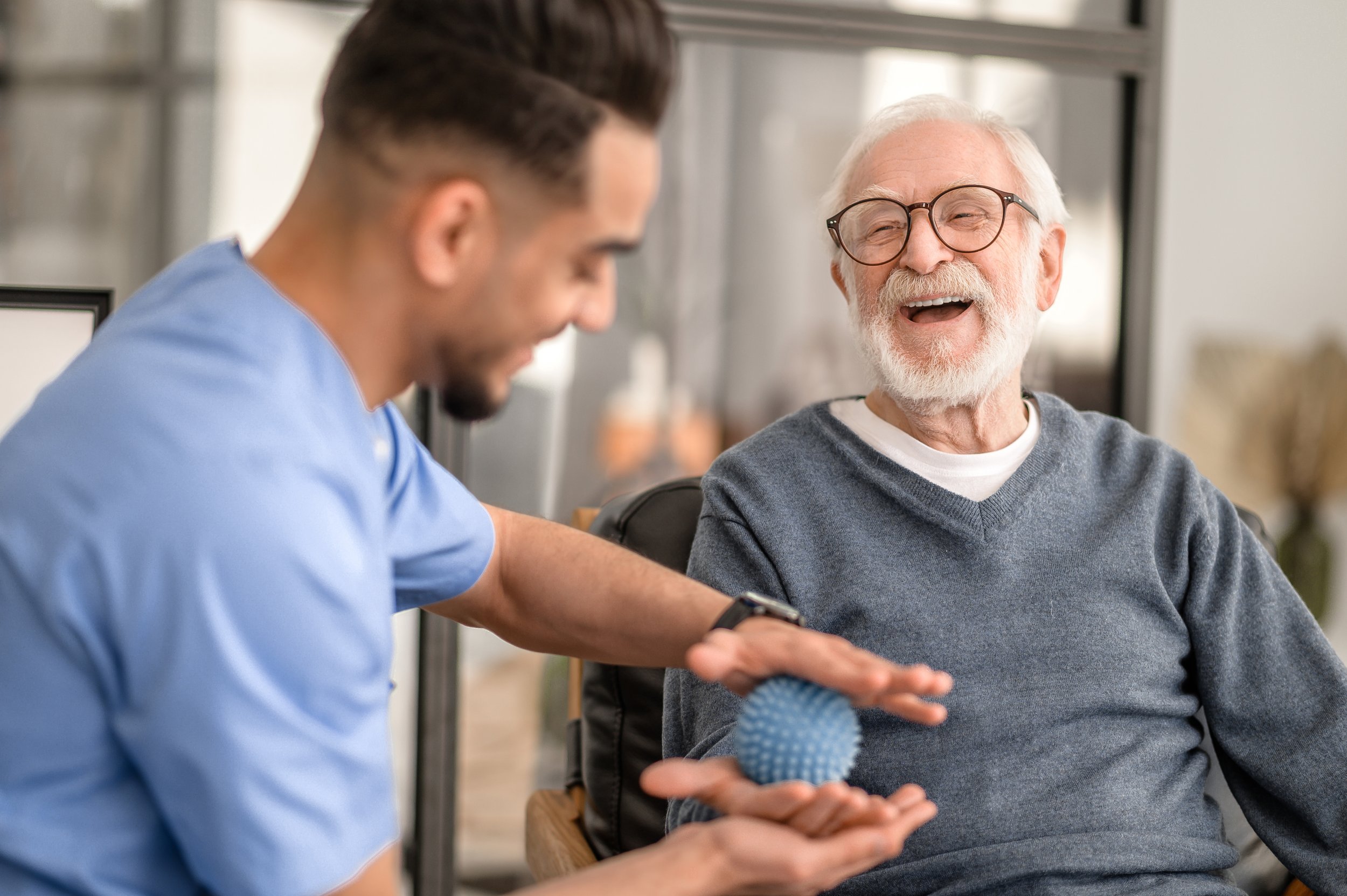Adapting Physical Therapy for the Aging Population: Techniques for Enhancing Mobility and Quality of Life
As our society ages, the demand for healthcare services that cater specifically to the needs of older adults is becoming increasingly paramount. Physiotherapy plays a critical role in this context, offering interventions that not only improve mobility and function but also significantly enhance the quality of life for the elderly. This blog post delves into the unique aspects of physical therapy for the aging population, highlighting innovative techniques and strategies employed by PhysioAction to support our seniors in living active, fulfilling lives.
Understanding the Needs of the Aging Population
The aging process naturally brings about changes in physical function, including reduced muscle strength, decreased bone density, and diminished flexibility. These changes can lead to difficulties in performing daily activities, increased risk of falls, and a general decline in quality of life. However, with the right physiotherapy approach, many of these challenges can be mitigated or even reversed.
Tailoring Physiotherapy for Seniors
Physiotherapy for the elderly requires a specialised approach that takes into account the complexity of aging bodies. This section would explore how PhysioAction develops personalised treatment plans that address the specific needs and goals of older adults, incorporating gentle, yet effective techniques designed to improve mobility, increase strength, and reduce pain.
Gentle Exercise Programs
Discuss the development of low-impact exercise programs that cater to the abilities and health conditions of older patients. These programs often focus on balance improvement, strength building, and flexibility enhancement, crucial components for preventing falls and improving mobility.
Manual Therapy Techniques
Explain how manual therapy can be adapted for older patients, using gentler techniques to alleviate pain, improve joint mobility, and enhance circulation. This can include soft tissue work, joint mobilisation, and manual resistance training.
Technology and Equipment
Highlight the use of technology and adaptive equipment in physiotherapy for the elderly, such as aquatic therapy, which uses the buoyancy of water to facilitate pain-free movement, and specialised exercise machines that offer low-impact resistance training.
Education and Prevention
A key aspect of physiotherapy for the aging population is education on fall prevention, home safety, and lifestyle modifications to promote independence and reduce the risk of injury. This section would offer practical advice and tips shared by PhysioAction with their elderly patients, empowering them to take control of their health and well-being.
Success Stories: Transforming Lives Through Physiotherapy
Incorporating real-life success stories of elderly patients who have experienced significant improvements in their mobility and quality of life through physiotherapy. These narratives can serve as powerful testimonials to the effectiveness of tailored physical therapy interventions for the aging population.
The aging population faces unique challenges, but with the right support and interventions, these golden years can be lived with vitality and independence. PhysioAction is committed to providing specialised physiotherapy services that meet the needs of older adults, enhancing their mobility, reducing pain, and ultimately, improving their quality of life. By adapting physical therapy techniques to the specific requirements of the elderly, we can help them achieve their goals of active and fulfilled living.
Are you or a loved one looking to improve mobility and quality of life through specialised physiotherapy? Contact PhysioAction today to learn how our tailored programs for the aging population can support your health and wellness journey.
